

Garlic Chives Plant: A Comprehensive Guide to Growing, Caring, and Enjoying
Introduction
Garlic chives (Allium tuberosum) are a delightful herb loved by many. Their mild garlic flavor makes them a favorite in various dishes. Plus, they’re easy to grow, making them perfect for home gardeners. Growing garlic chives can enhance your meals and provide fresh herbs right at your fingertips.
Start with Garlic Chives Seeds to kick off your herb garden! These seeds are perfect for growing your own fresh chives, bringing a burst of flavor to your culinary creations.
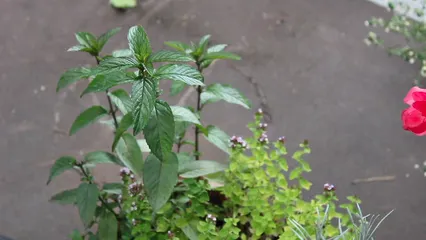
Summary and Overview
Garlic chives are a perennial herb characterized by flat, green leaves and delicate white flowers. They thrive in well-drained soil and prefer full sun, though they tolerate partial shade. In the kitchen, garlic chives add a unique flavor to soups, salads, and stir-fries. Nutritionally, they are low in calories but high in vitamins A and C.
These herbs are hardy and adaptable, flourishing in diverse climates, from temperate regions to warmer areas. Whether you grow them in pots or garden beds, garlic chives are reliable and rewarding. Their ability to return year after year makes them a fantastic choice for any garden.
To ensure your chives thrive, consider investing in Organic Compost. This nutrient-rich amendment will boost your soil quality, helping your garlic chives flourish.

Growing Garlic Chives
When to Plant
Timing is key for planting garlic chives. In most regions, early spring is ideal. This is when temperatures start to rise, and soil conditions improve. If you live in mild climates, consider planting from October through April. The key is to ensure that soil temperatures reach at least 60°F (15°C). For more information on planting times, check out this guide on when to plant ranunculus in zone 6.
Understanding the right timing for planting can greatly influence your gardening success. Learn more about when to plant.
Frost can be a concern. If your area experiences late frosts, wait until the danger has passed. In colder climates, aim for post-frost planting. Garlic chives thrive when the weather warms up, so be patient and watch the temperatures.
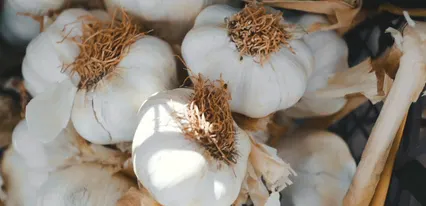
Planting Methods
You have two main options: seeds or transplants. Starting with transplants is often recommended. This method gives you bigger, healthier plants faster. If you choose seeds, plant them about a quarter inch deep. Space seeds 6 to 9 inches apart.
For transplants, set them at the same depth as their nursery pots. Space them 12 to 18 inches apart to allow for growth. Raised beds are fantastic for garlic chives. They provide excellent drainage and prevent waterlogging. To set up your raised beds, consider using a Raised Garden Bed Kit to simplify the process!
Follow these steps for planting:
- Prepare your chosen garden area with well-draining soil.
- If using seeds, make shallow furrows and place them in.
- If using transplants, dig holes and place them in.
- Water gently after planting to settle the soil.
With these methods, you’ll soon enjoy fresh garlic chives in your garden!
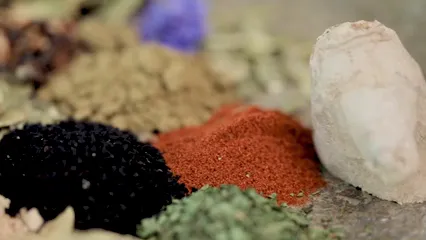
Soil and Sun Requirements
Garlic chives thrive in well-draining soil rich in organic matter. Aim for a loamy texture that retains moisture yet drains excess water. Poor drainage can lead to root rot, so consider using raised beds to enhance drainage.
Sunlight is crucial too. Garlic chives prefer full sun but can tolerate partial shade, especially in hotter climates. Morning sun with some afternoon shade works best.
To improve soil quality, mix in compost or aged manure. This boosts nutrients and moisture retention. Regularly adding organic matter will keep your garlic chives healthy and thriving. Don’t forget to measure your soil’s pH with a Soil pH Test Kit to ensure optimal growth conditions!
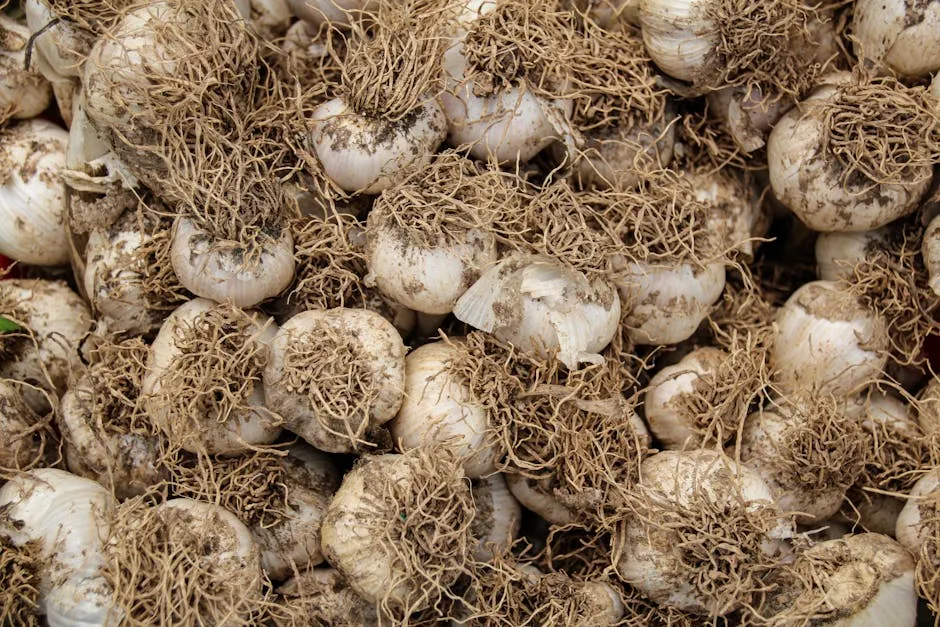
Watering Needs
Watering garlic chives requires a balance. During the growing season, aim for about one inch of water weekly. This can come from rain or supplemental watering.
Signs of underwatering include wilting leaves and stunted growth. Conversely, overwatering can cause yellowing leaves and root rot. Monitor your plants closely to find the right moisture level.
In hot summer months, you may need to increase watering frequency. Always check the soil before watering to avoid sogginess. With proper care, your garlic chives will flourish! A handy Soil Moisture Meter can help you monitor moisture levels easily!
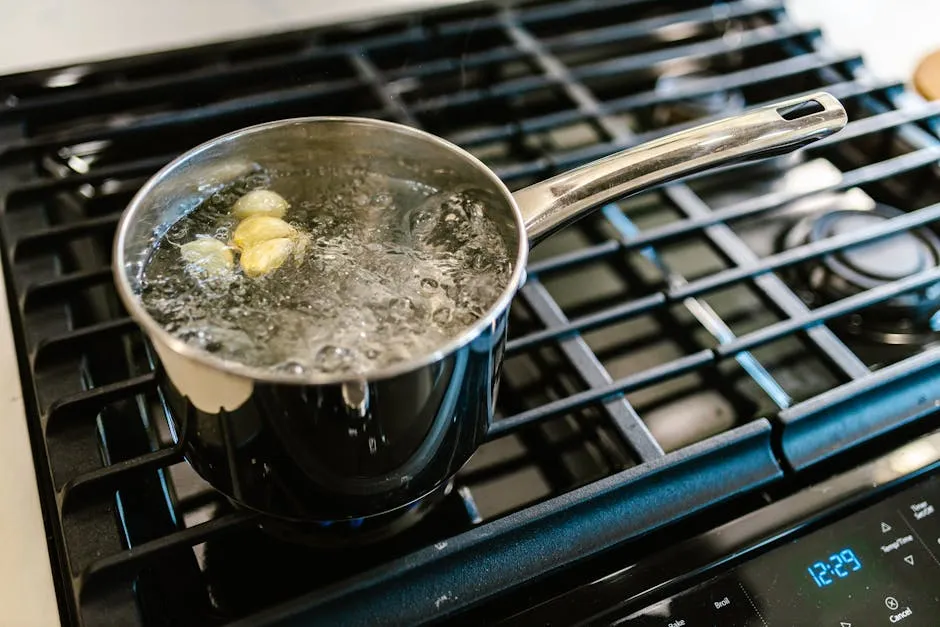
Pruning and Maintenance
Proper pruning is essential for healthy garlic chives. Start by removing faded leaves throughout the growing season. This encourages new growth and keeps the plant looking tidy.
When the flowers bloom, consider cutting the flower stalks. Timing is key; cut them back after they fade to prevent unwanted reseeding. This allows the plant to focus its energy on producing lush leaves.
Dividing garlic chives every few years has its benefits. It rejuvenates the plant, promotes stronger growth, and can expand your herb garden. Aim to divide in early spring, when the plant is actively growing. Just dig up the clumps and separate them into smaller sections. Replant them in well-prepared soil, and watch your garlic chives thrive! For more on maintenance, you can explore low-maintenance plants for drought-tolerant landscaping.

Maintaining your garlic chives is crucial for their health and productivity. Discover more about low-maintenance plants that can complement your gardening efforts.
Pest and Disease Management
Garlic chives can face a few common pests and diseases. Aphids are one of the main culprits. These tiny insects suck sap from the leaves, causing damage. To manage them, simply spray the plants with a strong jet of water. This dislodges the aphids without harming the chives.
Another potential issue is Allium white rot, a fungal disease. This can cause the roots to rot and affect growth. To prevent this, practice crop rotation and avoid planting garlic chives in the same spot each year. For a deeper understanding of this practice, refer to the article on understanding crop rotation for healthier vegetables.

Effective pest and disease management is vital for the success of your garlic chives. Learn about crop rotation to keep your plants healthy.
Using organic treatments, such as Organic Neem Oil or Insecticidal Soap, can help keep both pests and diseases at bay. Regular monitoring and maintaining good garden hygiene will also support healthy garlic chives.

When and How to Harvest
The best time to start harvesting garlic chives is when they reach about 12 inches tall. You’ll know they’re ready when the leaves are lush and vibrant. A good rule of thumb is to look for thick, green stalks.
To harvest properly, use sharp Gardening Shears. Snip the leaves at their base, taking care not to damage the surrounding plants. Avoid cutting more than one-third of the plant at a time. This helps ensure the chives continue to thrive and produce more growth.
For sustainable harvesting, consider leaving some leaves behind. This allows the plant to regenerate and maintain its health. Regular harvesting encourages bushier growth, giving you more of this delicious herb to enjoy in your cooking!
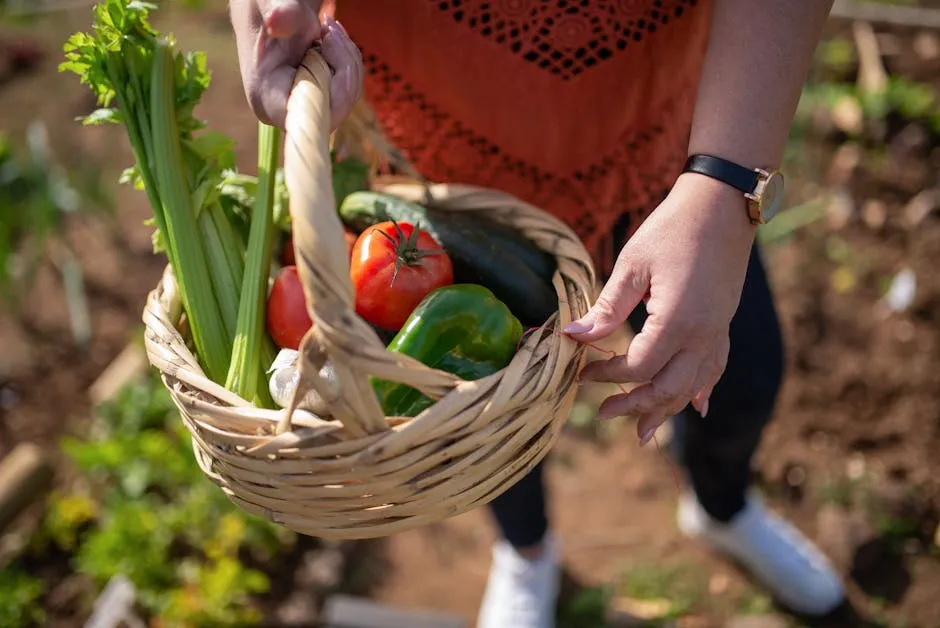
Culinary Uses
Garlic chives are a versatile ingredient in many dishes. Their mild garlic flavor enhances everything from salads to stir-fries. You can add chopped garlic chives to omelets, soups, and dumplings for a fresh, zesty kick.
One popular dish is scallion pancakes, where garlic chives lend a delightful twist. You can also sprinkle them on top of baked potatoes or mix them into creamy dips. The nutritional benefits are impressive too. Garlic chives are low in calories yet high in vitamins A and C.
For pairing, try combining garlic chives with eggs, potatoes, or seafood. Their unique flavor complements these ingredients beautifully, making every meal a bit more exciting! If you’re interested in expanding your culinary repertoire, consider checking out a Scallion Pancakes Recipe Book to explore more delicious recipes!

Conclusion
Growing garlic chives brings numerous benefits. They are easy to cultivate and thrive in a variety of conditions. Plus, having fresh garlic chives at your fingertips elevates your cooking.
I encourage you to try growing garlic chives in your garden. The joy of using freshly harvested herbs in your meals is truly rewarding. Start your garlic chives journey today and enjoy the delightful flavor they bring to your dishes! Don’t forget to equip yourself with essential gardening tools, like Essential Gardening Tools Set to make your gardening experience even easier!
Please let us know what you think about our content by leaving a comment down below!
Thank you for reading till here 🙂
All images from Pexels



